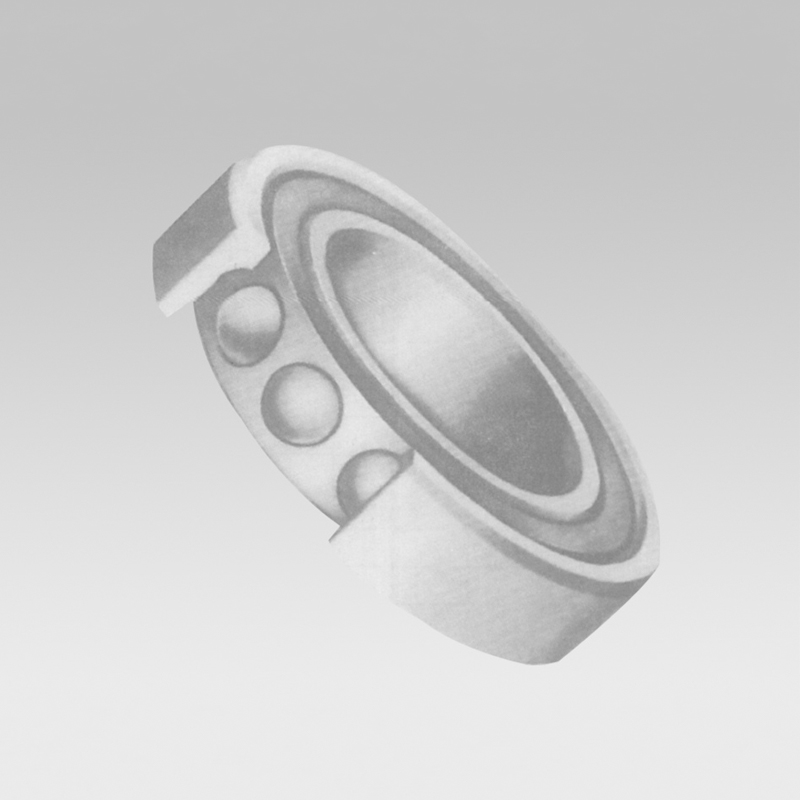
Oct . 30, 2024 20:03 Back to list
thrust ball bearing number
Understanding Thrust Ball Bearing Numbers
Thrust ball bearings are essential components in various mechanical systems, designed to accommodate axial loads while allowing for rotational motion. Their unique design allows them to handle high axial forces, making them indispensable in applications such as automotive, aerospace, and heavy machinery.
The numbering system used for thrust ball bearings provides valuable information about their specifications and dimensions
. Typically, a thrust ball bearing number includes a combination of letters and numbers, which signify different attributes such as size, load capacity, and design features.For instance, a common bearing number might look like 51204, where the first digit(s) usually indicate the bearing type. In this example, the 51 signifies a thrust ball bearing. The subsequent digits denote the bore size and the design of the bearing. A larger number typically indicates a larger inner diameter, which affects the bearing's ability to accommodate loads effectively.
thrust ball bearing number

Understanding thrust ball bearing numbers is crucial for selecting the right bearing for a specific application. The bearing's size and load rating must match the operating conditions, including the weight of the load, speed of operation, and environmental conditions. An incorrectly sized bearing could result in premature wear, overheating, or even catastrophic failure.
When looking up thrust ball bearings, one should also consider the various series standardized by organizations such as ISO or ANSI, which ensure compatibility and quality across manufacturers. These standards help engineers and designers choose bearings that meet their specifications without the need for extensive research into each manufacturer’s product line.
In conclusion, thrust ball bearing numbers are more than just alphanumeric codes; they are critical indicators of the bearing’s capabilities and suitability for wide-ranging applications. Understanding this numbering system allows engineers, maintenance professionals, and designers to make informed choices when selecting thrust ball bearings for their machinery, ensuring optimal performance and longevity. By paying close attention to these details, businesses can enhance their operational efficiency and reduce the likelihood of equipment failure, ultimately leading to cost savings and improved productivity.
Latest news
-
Premium Deep Groove Ball Bearings | High Speed & Reliability
NewsAug.29,2025
-
Durable Scaffolding Clamps - Secure & Reliable Tube Connectors
NewsAug.28,2025
-
Common Failures in Thrust Ball Bearings and Solutions
NewsAug.22,2025
-
How Tapered Roller Bearings Can Take Shock Loads
NewsAug.22,2025
-
Angular Bearings in High-Precision Spindles
NewsAug.22,2025
-
The Impact of Misalignment on Cylindrical Roller Bearing Performance
NewsAug.22,2025
